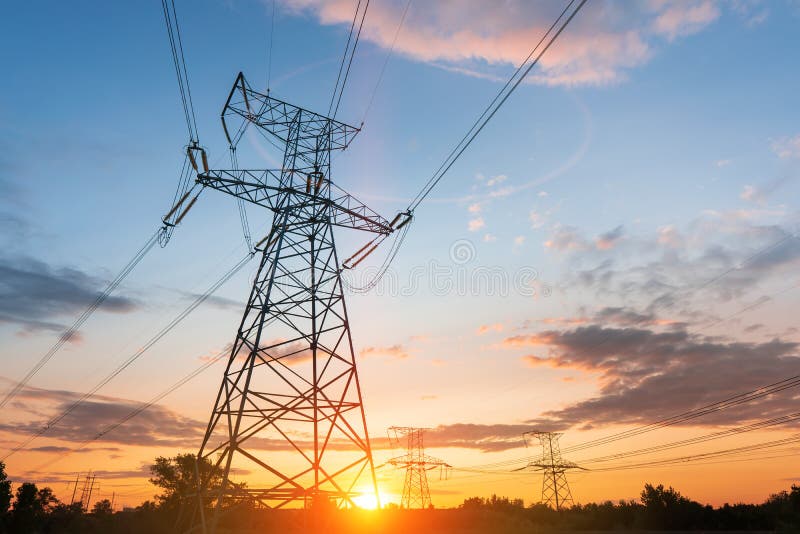
There are 2 main types of line supports – poles and towers. Line supports keep power lines suspended above the ground, minimizing the safety risk and maximizing their power transmission. Components of overhead power lines Line Supports Only in these lines are all four parameters used for determining performance (resistance, inductance, capacitance, and leakage conductance) equally distributed across the entire power line.

Long LinesĪ long power line covers a distance of 100+ miles (over 160km) with a voltage capacity of 132 Kv or above. In a Pi-Model line, the capacitance (ability to store an electrical charge) is concentrated equally at each end, whereas in a T-Model line the capacitance is concentrated at its center. This category can be further sub-divided into Pi-Models and T- Models. Lines spanning between 50-100 miles (80-160km) are classified as medium power lines and usually transmit between 66-132 Kv through its cables. These lines carry a voltage flow of between 11-33 Kv and are often used to supply electricity to homes and other low-demand power networks. Short power lines are those which cover a distance up to 50 miles (80 km). Ultra-High Voltage: Lines transmitting 800 kV and over.Extra-High Voltage: Lines transmitting around 345-800kV and.High Voltage: Lines transmitting between 69 kV – 345V.Medium Voltage: Lines transmitting between 1-69kV.Low Voltage: Lines transmitting 1 kV or less.With direct current, the electrical current flows in only one direction, whilst with alternating current, the power can periodically change direction.ĭue to its superior ability to work with higher voltages and the ease with which the power can be transformed as required, AC current is most commonly used in power lines today.įor ease of assessing performance, AC power lines can be classified according to voltage and length: Voltage Classification Power lines can use two forms of current flow: alternating current (AC) and direct current (DC). Transmission lines carry high-voltage ‘primary’ power between generators and substations, where it can be later safely “stepped down” to a lower voltage level using a transformer before being distributed publicly.ĭistribution lines are the cables that then carry this decreased ‘secondary’ electricity supply to individuals, businesses, and other premises for everyday use.

Overhead power lines are of two types: transmission lines and distribution lines. The network is vital in ensuring a reliable and regular supply of power to our homes, workplaces, and other amenities. The electrical power transmission system of overhead lines enables electricity to be moved nationwide – creating a seamless, speedy power supply across all corners of a country.

How does an electrical power transmission system work? This enables them to serve the entire spectrum of industrial and residential electrical supply purposes. Overhead power lines come in different types and lengths to accommodate varying voltage loads. This ensures that there is a sufficient amount of ground clearance – minimizing the risk of the live lines being disturbed or damaged. Power line cables are structurally supported by utility poles or steel towers, which are designed to keep the lines suspended at a safe height. 2 How does an electrical power transmission system work?Īn overhead power line operates as a channel to transfer electromagnetic waves of varying voltage levels across a variety of distances, environments, and landscapes to supply electrical power where it is needed.


 0 kommentar(er)
0 kommentar(er)
